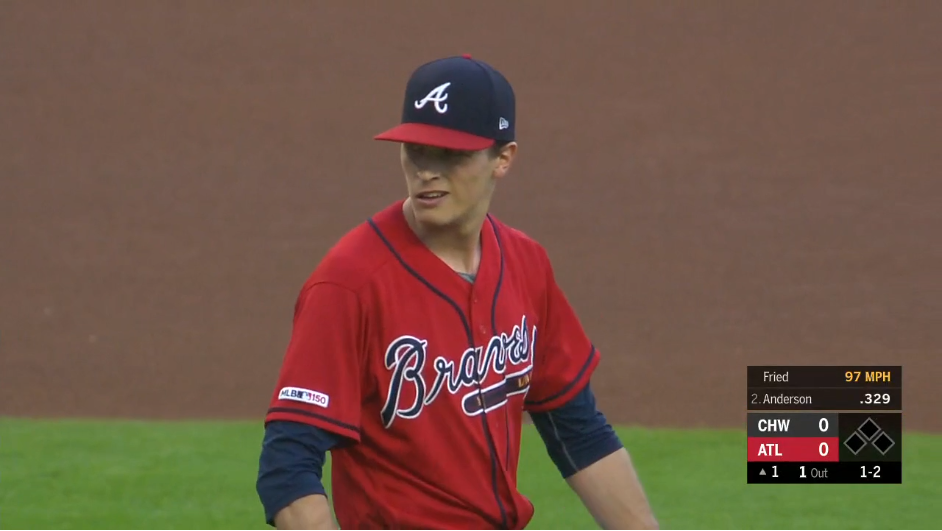Adjusting the Twins’ New Home Run Record
Lost somewhat amid the holiday weekend, the Twins set a new major league record on Saturday. Granted, the mark they surpassed was no long-standing, hallowed standard — in fact, it stood for less than a full year. Nonetheless, with Mitch Garver’s ninth-inning solo shot off the Tigers’ Joe Jiménez, the Twins overtook the 2018 Yankees with their 268th home run, the most by any team in one season. That they left themselves with four full weeks to pad the mark is just one more sign of how over-the-top this this year’s home run totals — fueled primarily by more aerodynamic baseballs, with smoother leather and seams so low that the balls are nearly round — are. The feat deserves a closer look, as well as some perspective.
Here’s Garver’s home run, his second of the day and 26th of the season — in just his 76th game:
Garver’s homers were two of six the Twins hit in their 10-7 loss (a subject to which I’ll return momentarily). His total ranks fifth on the team behind Max Kepler (36), Nelson Cruz (35, in just 101 games), Eddie Rosario (28), and Miguel Sanó (27, in just 87 games). Counting C.J. Cron (24), Jonathan Schoop (21) and Jorge Polanco (20), the Twins are the first team with eight players to reach 20 homers in a season, and they’re the 14th team to have five players reach 25 homers, with multiple candidates to make them the second team to have six:

